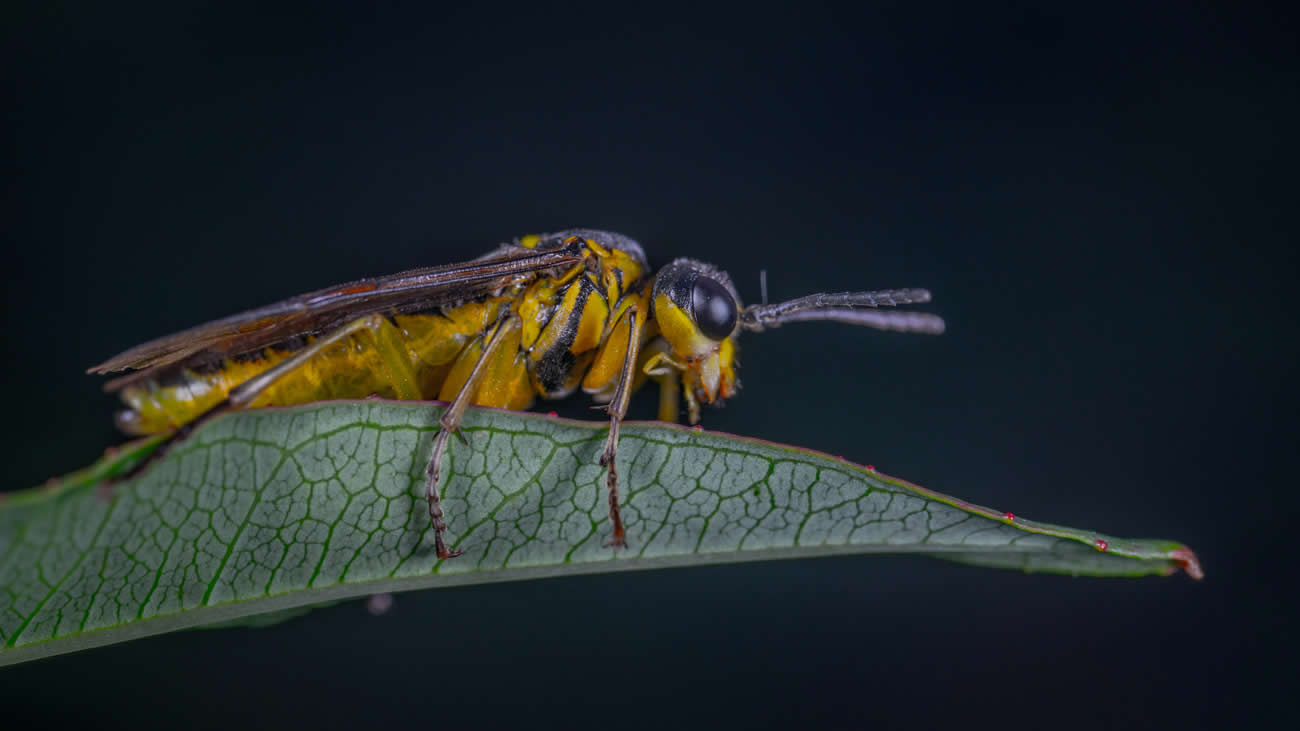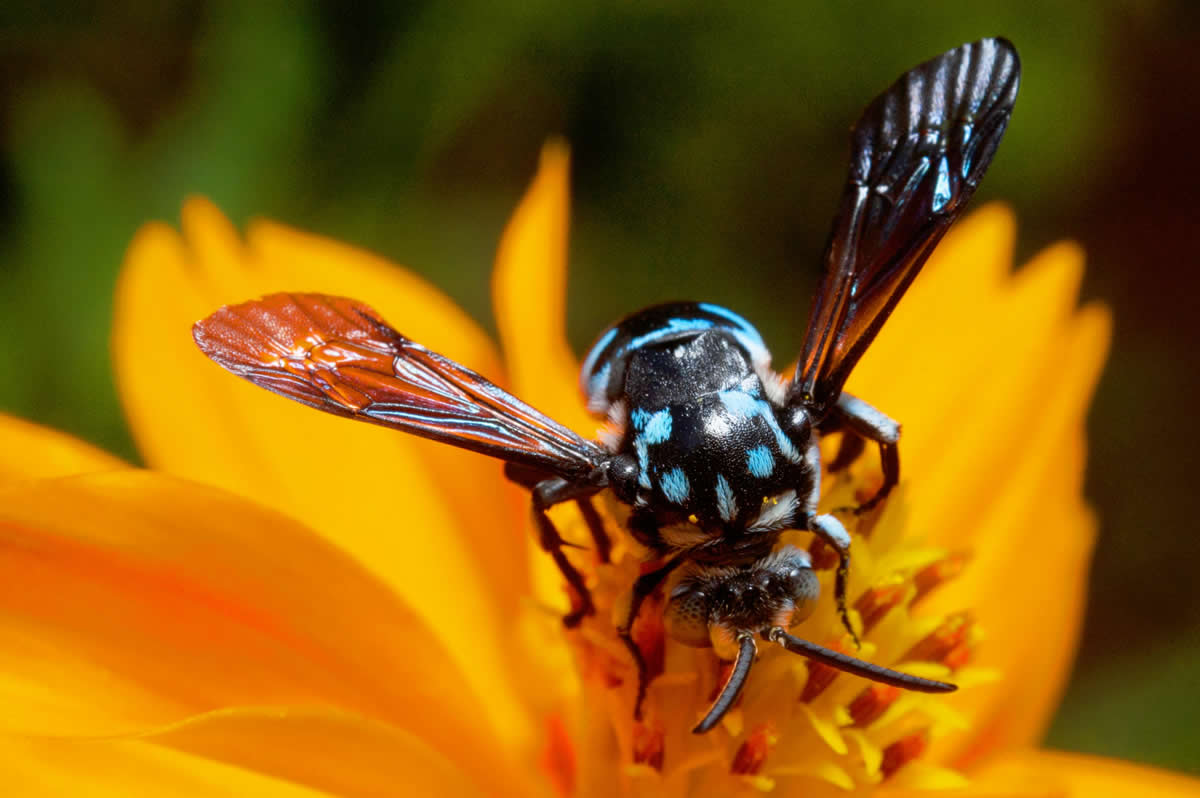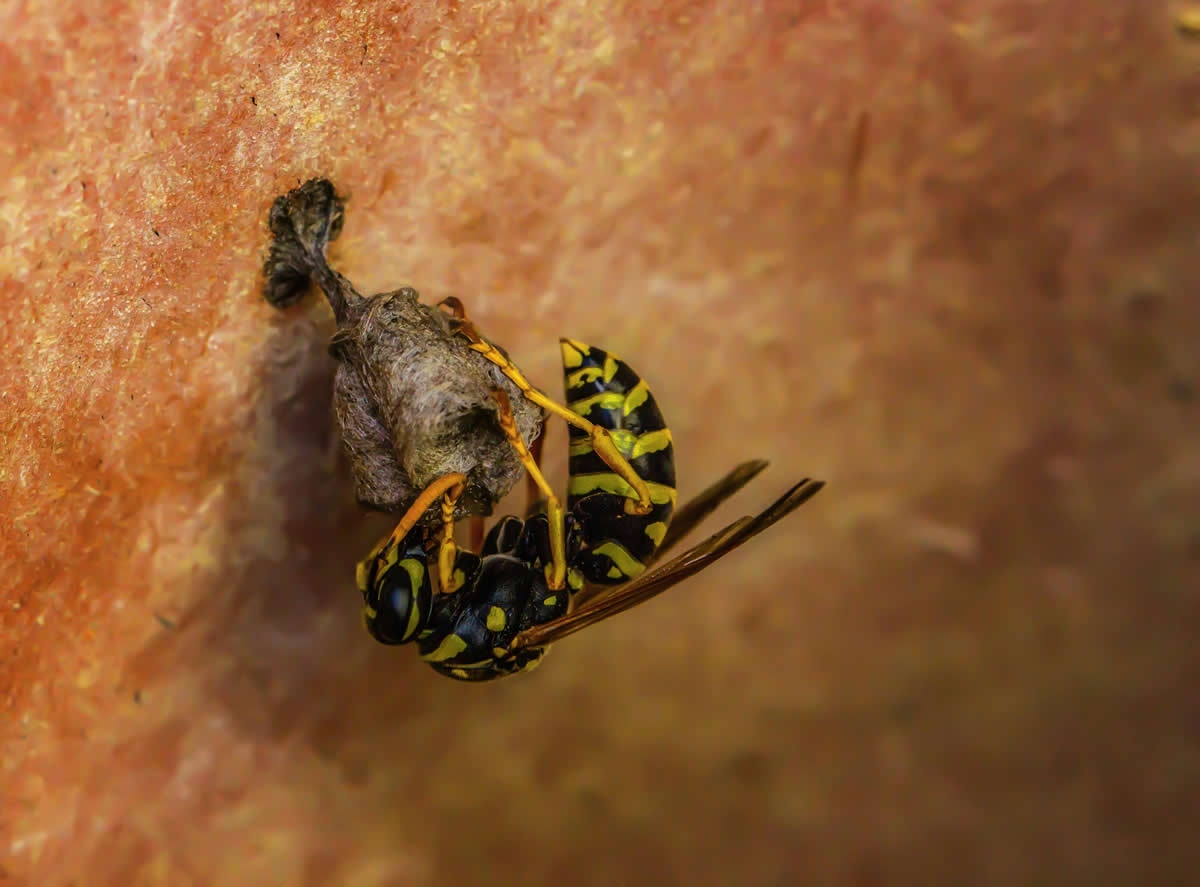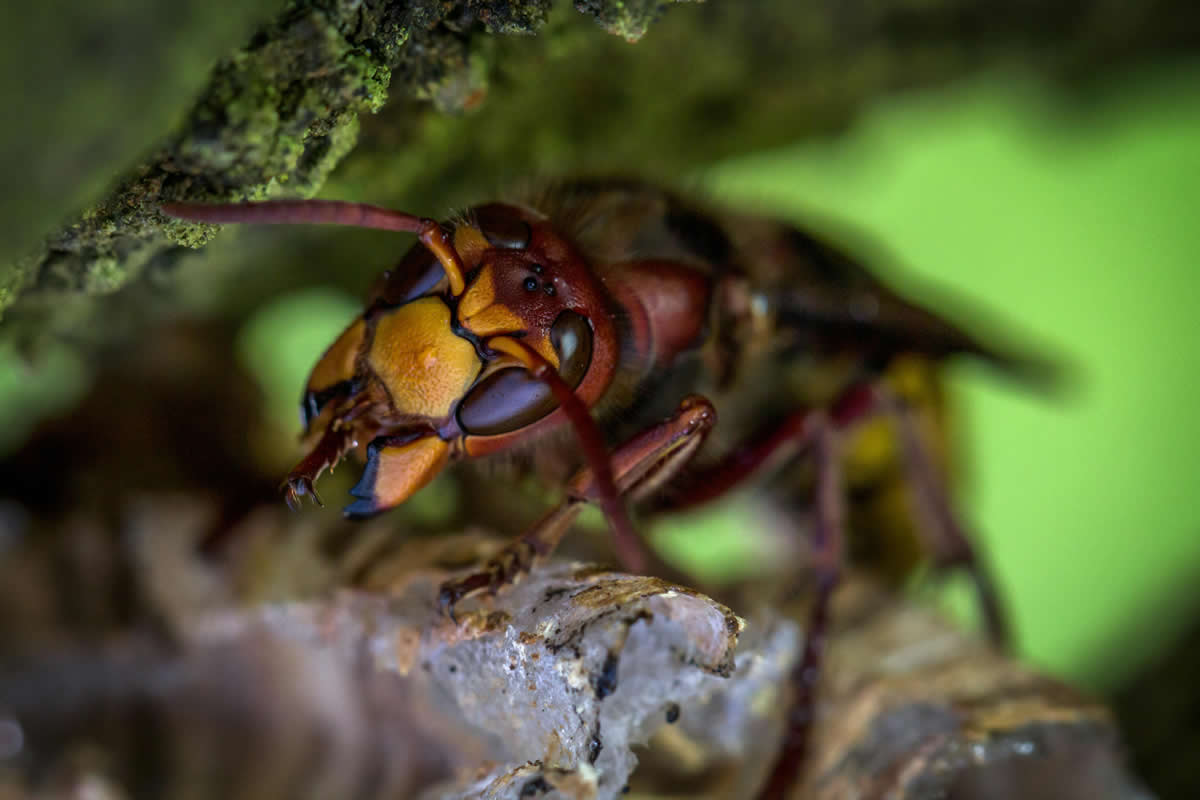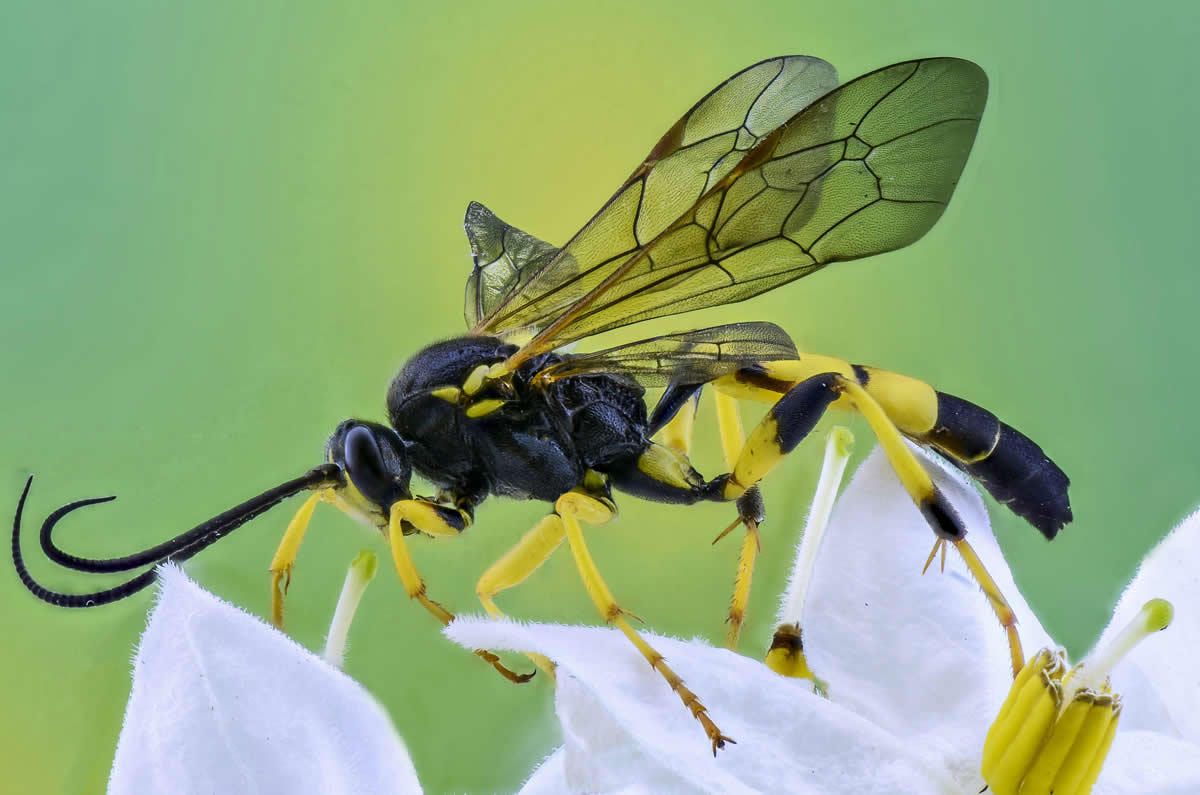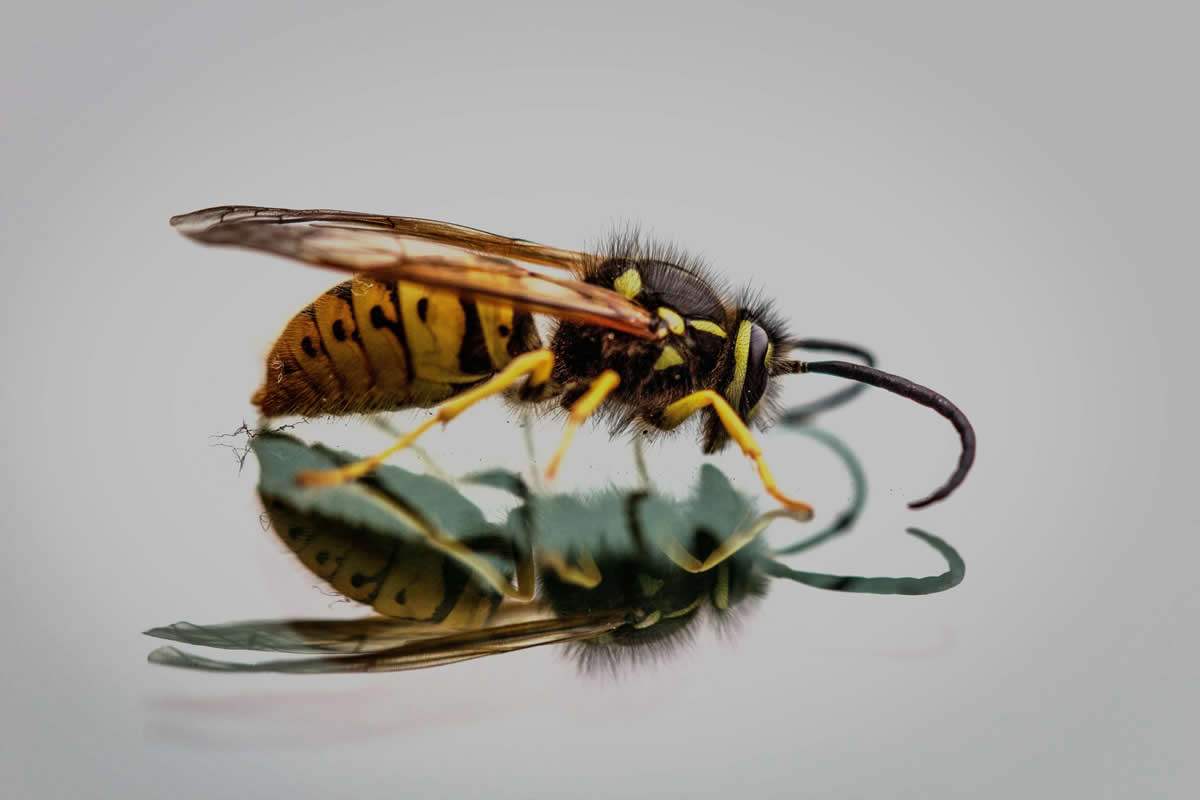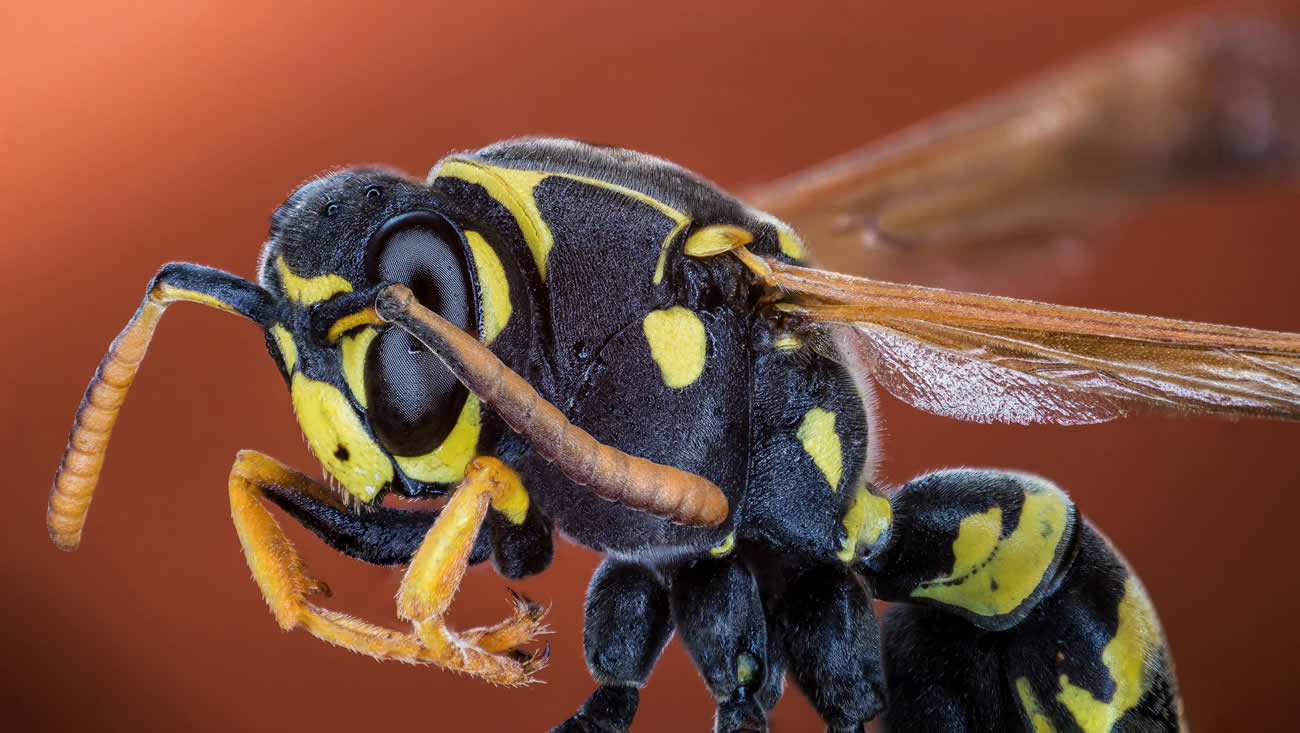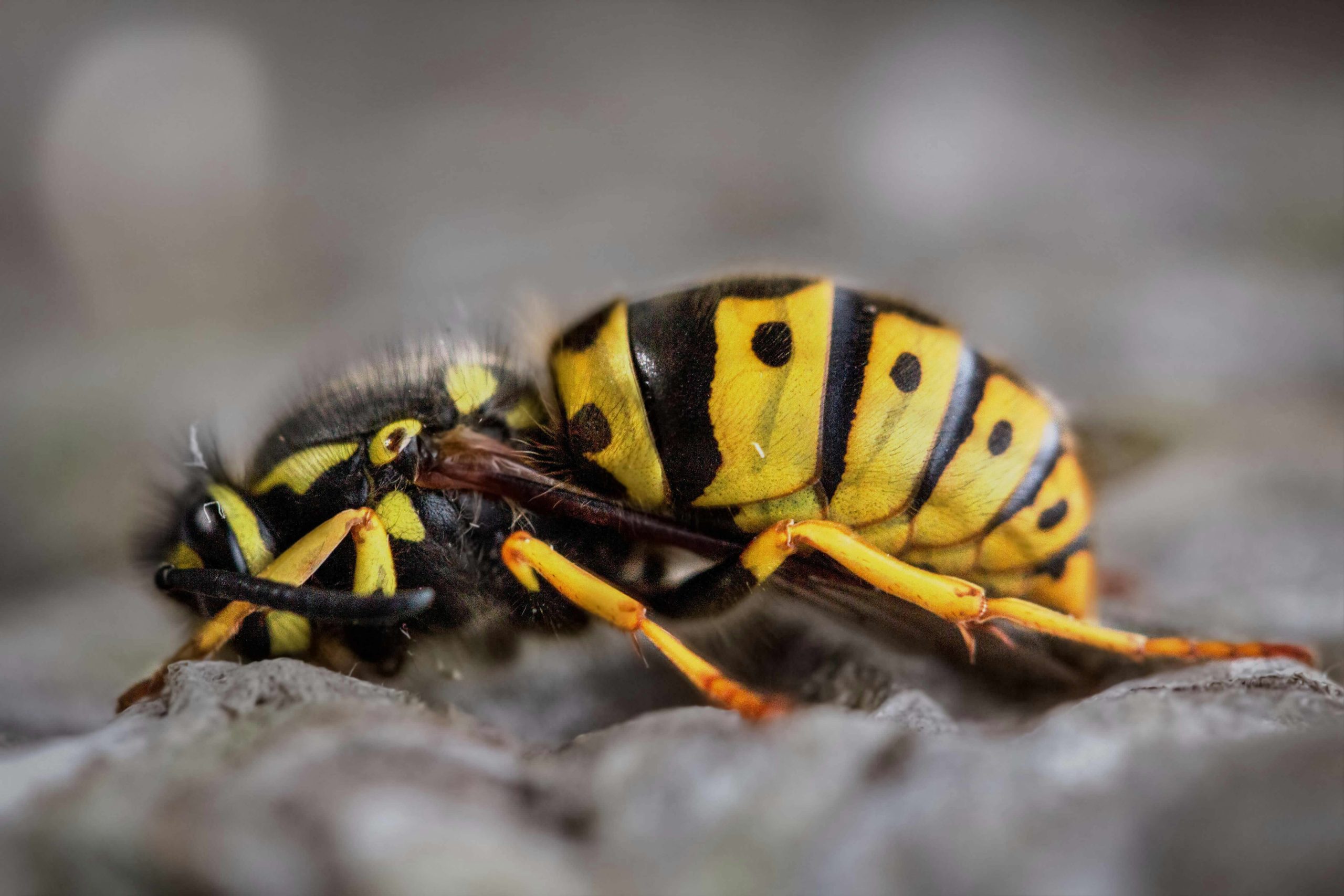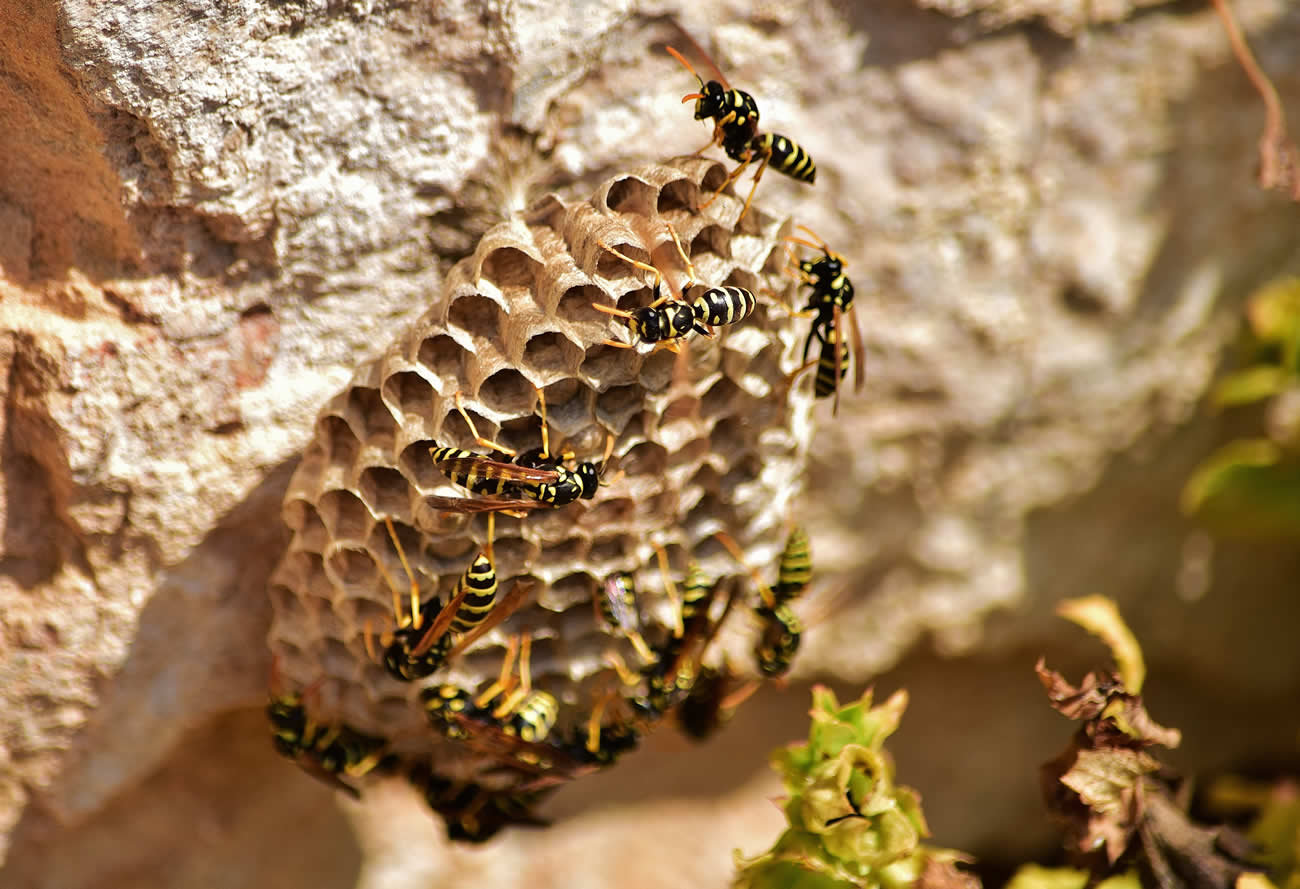Contrary to popular belief, a wasp sting is neither strongly acidic nor alkaline. When we examine if a wasp sting is acid or alkaline, scientific evidence shows that wasp venom has a nearly neutral pH of 6.8 to 6.9. This finding challenges the widespread misconception about wasp sting chemistry.
While many people believe that treating wasp stings requires understanding their pH levels, the reality is more complex. A wasp sting typically delivers just 2 to 15 micrograms of venom, compared to a bee’s 50 micrograms. The intense pain from wasp stings actually stems from specific proteins and enzymes that damage cells and trigger pain signals to the brain, rather than from the venom’s pH level.
In this article, we’ll explore the true nature of wasp venom, examine common myths about wasp sting treatments, and provide evidence-based methods for handling these painful encounters.
Table of Contents
ToggleUnderstanding Wasp Venom Chemistry
Wasp venom presents a complex mixture of biologically active components that work together to create its potent effects. Understanding these components helps explain why traditional pH-based treatments often prove ineffective.
Chemical Components in Wasp Venom
The venom comprises three main categories of compounds. First, enzymes such as phospholipase A and hyaluronidase make up a significant portion. Subsequently, amines including histamine, serotonin, and catecholamines form another crucial group. Furthermore, various peptides and proteins complete this intricate mixture.
Phospholipase A, particularly abundant in wasp venom, exists in two forms: PLA1 and PLA2. These enzymes target cell membranes, breaking down structural phospholipids and causing cell destruction. Additionally, hyaluronidase, a 45 kDa glycosylated enzyme, acts as a ‘spreading factor’ by breaking down hyaluronic acid in the extracellular matrix.
pH Level Analysis: Are Wasp Stings Alkaline?
Scientific measurements reveal that wasp venom has a pH of 6.8 to 6.9, making it nearly neutral. This finding contradicts the widespread belief that wasp stings are strongly alkaline. Moreover, since the venom gets injected beneath the skin instead of remaining on the surface, topical pH-altering treatments show limited effectiveness.
How Venom Proteins Work
The venom’s proteins operate through several mechanisms to cause pain and tissue damage. Mastoparans, membrane-active amphipathic peptides, insert themselves into cell membranes, leading to destabilisation and eventual cell death. These peptides also trigger the release of various compounds:
- Histamine from mast cells
- Catecholamines from chromaffin cells
- Serotonin from platelets
- Insulin from pancreatic beta cells
The presence of wasp kinins, structurally similar to bradykinin, increases vascular permeability and causes oedema. Nonetheless, acetylcholine in the venom intensifies pain by causing intense depolarization of dermal nociceptors.
Antigen 5, a non-glycosylated protein weighing approximately 23 kDa, serves as one of the primary allergens. Furthermore, the venom contains specific neurotoxins that affect sodium and calcium channels, contributing to the complex pain response.
The interaction between these components creates a cascade of effects. Initially, phospholipases break down cell membranes. Subsequently, hyaluronidase facilitates venom spread through tissues. Finally, various peptides and amines trigger inflammation and pain responses, explaining why simple pH neutralisation proves inadequate for treatment.
Biological Effects of Wasp Stings
The physiological impact of wasp stings extends far beyond their initial painful sensation. These stings trigger a complex cascade of biological responses that can affect multiple organ systems in the human body.
Cell Membrane Disruption Process
Phospholipase A, a calcium-dependent enzyme in wasp venom, systematically breaks down cell membranes through a targeted approach. Specifically, this enzyme hydrolyses phospholipid molecules, causing cell rupture and tissue damage. The process primarily affects muscle cells, red blood cells, and renal tubular epithelial cells.
Mastoparan, a membrane-active peptide, further intensifies cellular damage by:
- Destabilising membrane structure
- Triggering calcium release from mitochondria
- Activating regulatory enzymes like Na+-K+-ATPase
- Inducing cell death through necrosis or apoptosis
Neural Response Mechanisms
The neurological effects of wasp stings manifest through both immediate and delayed responses. During the initial phase, direct neurotoxicity occurs as venom components interact with nerve cells. Consequently, patients may experience serious central and peripheral nervous system complications.
The delayed neural responses typically emerge through immune-mediated mechanisms. These reactions can lead to various neurological conditions, with symptoms appearing minutes to days after the sting. Remarkably, studies have shown that between 0.3% and 7.5% of adults in Europe experience systemic reactions to wasp stings.
The venom’s interaction with neural tissues can cause:
- Acute inflammatory responses
- Potential cross-reactivity between venom components and central nervous system myelin
- Production of antibodies that interact with myelin basic protein
Undoubtedly, the most severe reactions occur when the venom triggers a systemic inflammatory response. This can lead to a cytokine storm syndrome, potentially affecting multiple organ systems. Furthermore, research indicates that wasp venom contains at least 80 proteins that can influence inflammatory responses through various pathways.
Notably, studies have revealed that wasp venom can decrease nuclear translocation of nuclear factor κB (NF-κB), a key transcription factor in cellular inflammatory responses. This finding suggests potential therapeutic applications, although further research remains necessary to fully understand these mechanisms.
Common Myths About Wasp Sting pH
Widespread misconceptions about wasp sting chemistry have led to numerous ineffective home remedies. These myths often stem from misunderstandings about the relationship between pain and pH levels in insect stings.
The Acid-Base Neutralisation Theory
A common belief suggests that wasp stings are alkaline and therefore require acidic treatments. Nevertheless, scientific measurements reveal that wasp venom has a pH of 6.8 to 6.9, making it nearly neutral. This finding challenges the traditional acid-base neutralisation approach to treating wasp stings.
Why Vinegar Doesn’t Work
Despite anecdotal claims about vinegar’s effectiveness, the scientific basis for using acidic solutions remains questionable. First, wasp venom gets injected beneath the skin, making topical treatments unlikely to reach the affected area. Secondly, the neutral pH of wasp venom means that acid-base neutralisation would have minimal effect.
Scientific Evidence vs Popular Beliefs
Research has thoroughly debunked several prevalent myths:
- The assumption that wasp stings are strongly alkaline
- The effectiveness of baking soda or vinegar as neutralising agents
- The notion that pH neutralisation reduces sting pain
Real Reasons Behind Sting Pain
The pain from wasp stings stems from complex biological mechanisms, not pH levels. The venom contains acetylcholine and serotonin, which comprise about 5% of the injected substance. These chemicals trigger immediate changes in:
- Electrical activity of mast cells
- Pain receptor responses
- Blood vessel constriction
Upon injection, the venom releases three additional compounds – phospholipase A, phospholipase B, and mastoparan peptide. Together, these substances prompt an immune system response, causing redness and swelling. Certainly, histamine release plays a crucial role, potentially leading to severe allergic reactions in some cases.
Therefore, focusing on pH neutralisation overlooks the true complexity of wasp venom’s effects. The pain and swelling result from protein-based mechanisms and immune responses, making traditional acid-base treatments largely ineffective. Hence, medical professionals recommend evidence-based treatments that address these biological processes directly.
Evidence-Based Treatment Methods
Scientific research has established clear protocols for treating wasp stings, moving beyond traditional remedies to focus on evidence-based approaches.
Medical Interventions That Work
Proper treatment begins with swift removal of the stinger by scraping with a thin, dull edge like a credit card. Afterwards, applying an ice pack wrapped in cloth for 10 minutes on and 10 minutes off helps reduce swelling and discomfort.
For mild reactions, medical professionals recommend:
- Antihistamine creams or oral medications
- Corticosteroid applications
- Calamine lotion for itch relief
- Pain relief through acetaminophen or ibuprofen
In cases of severe allergic responses, immediate medical intervention becomes crucial. Studies show that specific immunotherapy (SIT) protects 75% to 95% of treated individuals from future anaphylactic episodes. This treatment typically spans three to five years.
Remarkably, increasing the maintenance dose from 100 μg to 150–250 μg of insect venom improved protection in 38 out of 40 patients who previously experienced systemic reactions. These findings underscore the importance of proper dosage adjustment.
For emergency situations, medical facilities provide:
- Intravenous antihistamines
- Corticosteroids
- Breathing support
- Continuous vital sign monitoring
People with known allergies should carry prescribed epinephrine auto-injectors and wear medical alert identification. Upon experiencing symptoms, immediate administration of epinephrine followed by emergency services contact proves vital.
Long-term management often involves venom immunotherapy, which effectively switches off allergic responses over time. This treatment requires evaluation by clinical immunology specialists before initiation. Throughout the process, approximately 90% of patients show significant improvement within the first few years.
Prospective studies confirm that mild to moderate reactions can signal risk for future severe responses. Thus, medical professionals now advocate for comprehensive treatment approaches, even for seemingly minor reactions. This strategy ensures optimal protection against potential complications while addressing immediate symptoms effectively.
Our Final Say!
Scientific evidence clearly shows that wasp stings challenge many common beliefs about their treatment. Through our examination of wasp venom chemistry, we now understand that these stings maintain a nearly neutral pH level, making traditional acid-base treatments ineffective.
The complex mixture of enzymes, peptides, and proteins in wasp venom creates multiple biological effects. These components work together, triggering cell membrane disruption, neural responses, and systematic inflammatory reactions. Rather than focusing on pH levels, successful treatment depends on addressing these biological mechanisms directly.
Medical research supports specific approaches for managing wasp stings. While mild cases respond well to antihistamines and ice packs, severe allergic reactions require immediate professional intervention. Venom immunotherapy offers long-term protection, with success rates reaching 95% among treated individuals.
This comprehensive understanding of wasp sting biology and treatment marks significant progress in medical science. As research continues, we expect to develop even more effective treatments based on the intricate mechanisms of wasp venom rather than outdated pH-based approaches.
Are you looking for pest control in Leicestershire? Get in touch with us and a local pest removal company will be in touch.

